Exotic reptiles have fascinated humans for centuries, with their prehistoric appearance, unique behaviors, and often vibrant colors. In recent decades, the popularity of keeping these creatures as pets has surged dramatically, with species once found only in zoos now appearing in living rooms across the country. From docile bearded dragons to massive pythons, the range of reptiles available to the average enthusiast has expanded tremendously. However, this trend raises important questions about safety, responsibility, and the potential dangers these animals might pose in a domestic setting.
Are these fascinating creatures compatible with family life, or do they represent genuine risks to their owners and communities? This article explores the realities of exotic reptile ownership, examining both the perceived and actual dangers while providing context for prospective owners to make informed decisions.
Understanding What Constitutes an “Exotic” Reptile
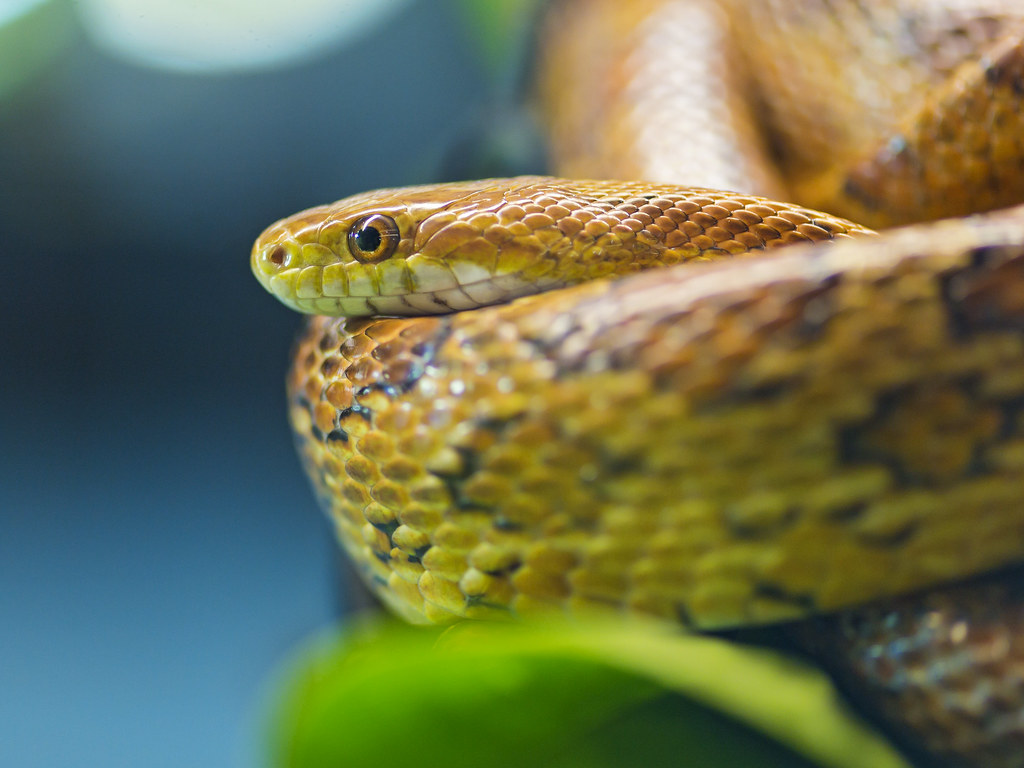
The term “exotic reptile” typically refers to non-native species kept as pets, but the definition can vary widely depending on location and context. In the pet trade, exotic reptiles generally include species like ball pythons, boa constrictors, various monitor lizards, tegus, and a multitude of geckos and chameleons originating from Africa, South America, and Southeast Asia. While some reptiles like corn snakes and bearded dragons have been bred in captivity for generations and are considered relatively domesticated, others remain essentially wild animals with instincts and behaviors largely unchanged from their wild counterparts.
The distinction matters because domestication typically involves selective breeding for traits compatible with human interaction, a process that has barely begun with most reptile species. Understanding whether a reptile is truly exotic or relatively established in captivity provides important context for assessing potential risks and care requirements.
The Venomous Reality: Understanding Toxic Species
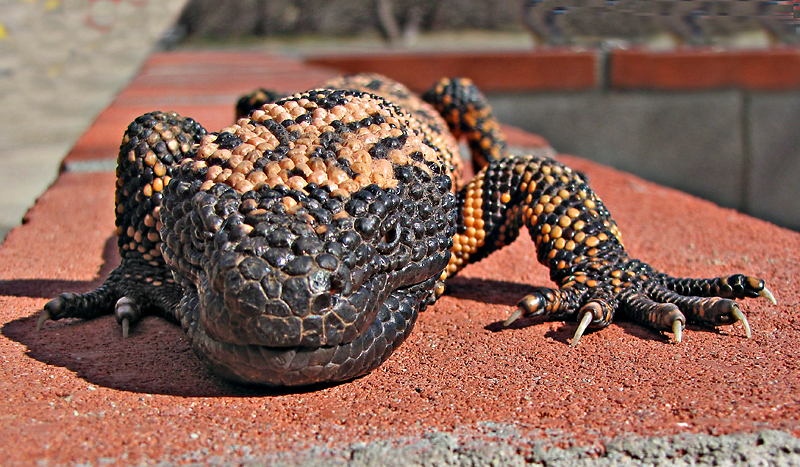
Venomous reptiles represent perhaps the most obvious danger in exotic reptile keeping, though they constitute a minority of the species kept as pets. This category includes various species of rear-fanged colubrid snakes, venomous lizards like Gila monsters and beaded lizards, certain rattlesnakes, cobras, and other elapids. The danger posed by these animals is clear and direct: a bite can deliver toxins capable of causing symptoms ranging from localized pain and swelling to tissue necrosis, systemic effects, or even death in severe cases. Most municipalities and states have strict regulations or outright bans on keeping venomous reptiles without special permits, though laws vary significantly by location.
Despite these restrictions, underground trade in venomous species persists, and accidents involving these animals, while rare, can be severe and life-threatening. Responsible ownership of venomous reptiles requires specialized knowledge, equipment, and emergency protocols that are beyond the capabilities of average pet owners.
Size Matters: Risks Associated with Large Constrictors
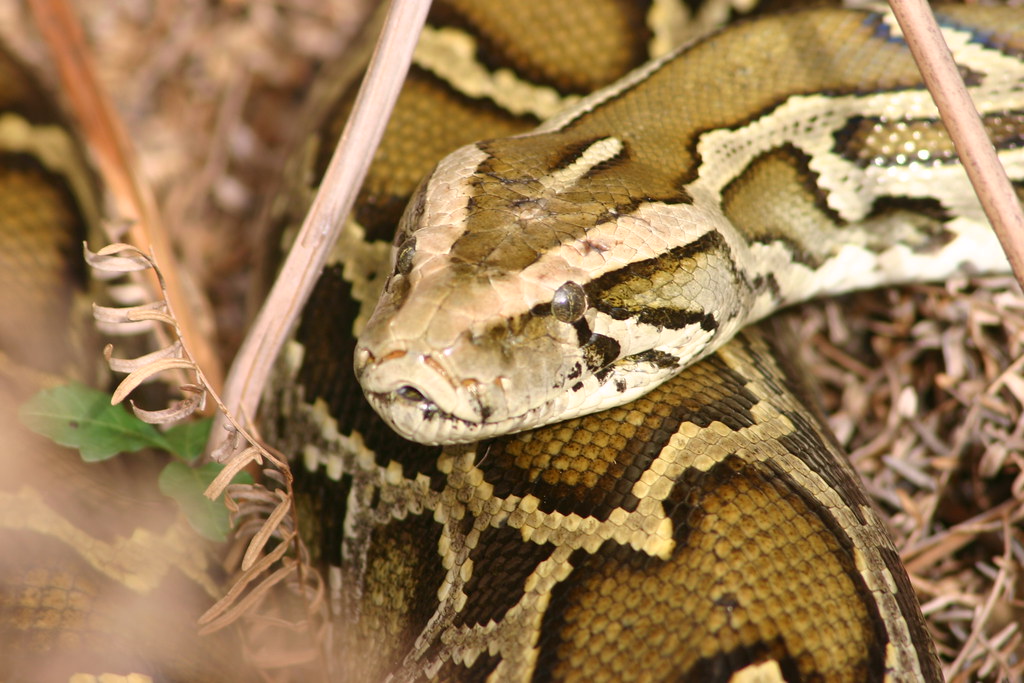
Large constrictor snakes like Burmese pythons, reticulated pythons, and anacondas present a different category of risk that’s often underestimated by novice keepers. These snakes can grow to impressive lengths—sometimes exceeding 15-20 feet—and possess remarkable strength designed to subdue prey in the wild. While fatalities from pet constrictors are extremely rare, they do occur, typically when owners handle large snakes alone or allow them unsupervised access to vulnerable household members like children or pets. The danger isn’t limited to intentional constriction; these massive animals can cause accidental injury through their sheer weight and strength during routine handling.
Beyond the direct physical risks, large constrictors present significant husbandry challenges including specialized housing requirements, substantial feeding costs, and difficulty managing waste and shedding. The impressive hatchling that fits in a small terrarium can grow into an animal requiring dedicated room-sized enclosures within just a few years, catching unprepared owners by surprise.
Monitor Lizards and Other Powerful Reptiles
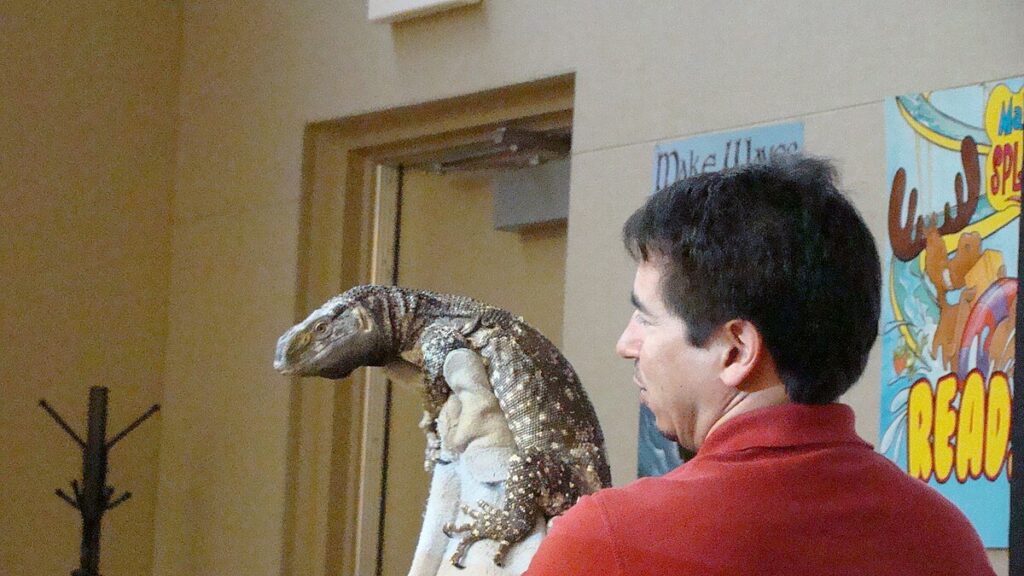
Monitor lizards represent another category of exotic reptiles that require special consideration from a safety perspective. Species like the Nile monitor, water monitor, and even the popular savannah monitor possess powerful muscles, sharp claws, and teeth capable of delivering serious lacerations. These intelligent reptiles can reach substantial sizes, with some species growing to over six feet in length, and they possess complex behaviors that make them challenging to handle safely without extensive experience. Monitor lizards typically don’t pose the same lethal risk as large constrictors or venomous species, but their bites can cause significant injury and often become infected due to bacteria present in their mouths.
Additionally, the powerful tails of monitors can deliver whip-like strikes capable of breaking skin or causing bruising. Unlike some reptiles that become more docile with handling, many monitor species retain their wild instincts throughout their lives, requiring owners to maintain consistent respect for their potential defensive behaviors.
Bacterial Concerns: Salmonella and Other Pathogens
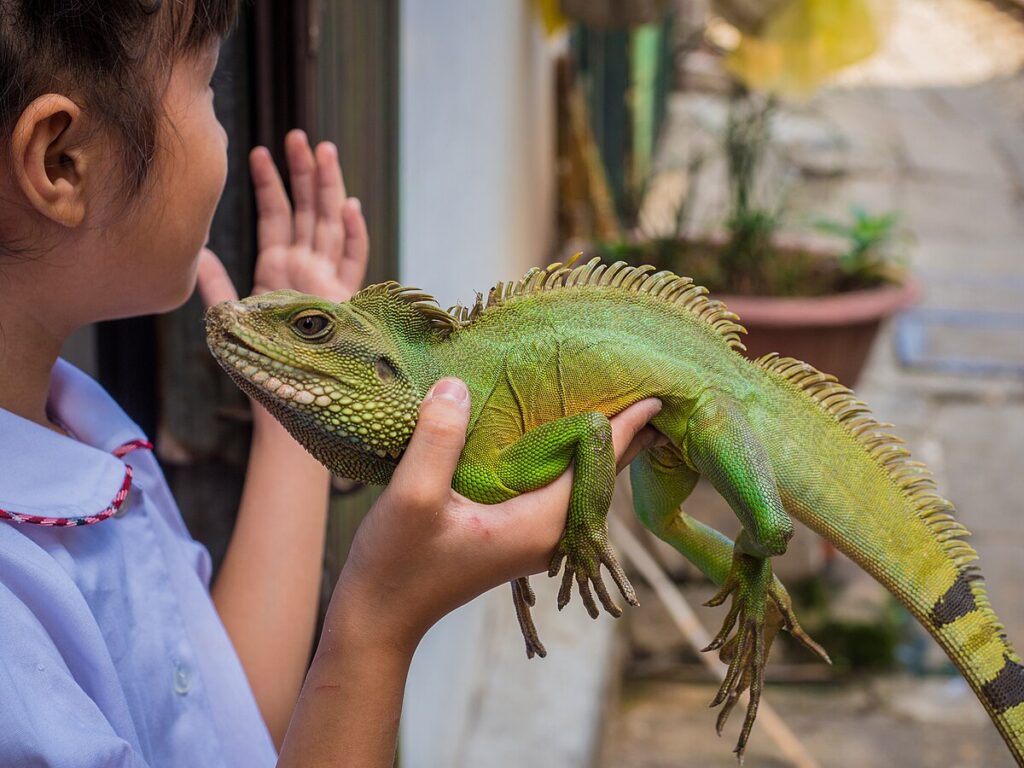
Perhaps the most widespread health risk associated with reptile keeping isn’t from bites or constriction but from zoonotic disease transmission, particularly salmonellosis. Nearly all reptiles can carry Salmonella bacteria, which they shed intermittently in their feces without showing any symptoms themselves. Human infection occurs through the fecal-oral route, typically when owners handle their pets or clean enclosures and then touch their mouths or food without proper handwashing. This risk is particularly concerning for households with young children, elderly individuals, pregnant women, or immunocompromised people who may develop more severe symptoms if infected. Beyond Salmonella, reptiles can harbor other bacteria like Campylobacter, various fungal agents, and parasites that can potentially affect humans.
The risk of zoonotic disease transmission remains constant throughout a reptile’s life, regardless of whether the animal was captive-bred or wild-caught, though proper hygiene protocols can significantly reduce the likelihood of infection. Simple practices like dedicated cleaning supplies, designated handling areas, and thorough handwashing can mitigate most bacterial transmission risks.
Escape Artists: Environmental and Ecological Dangers
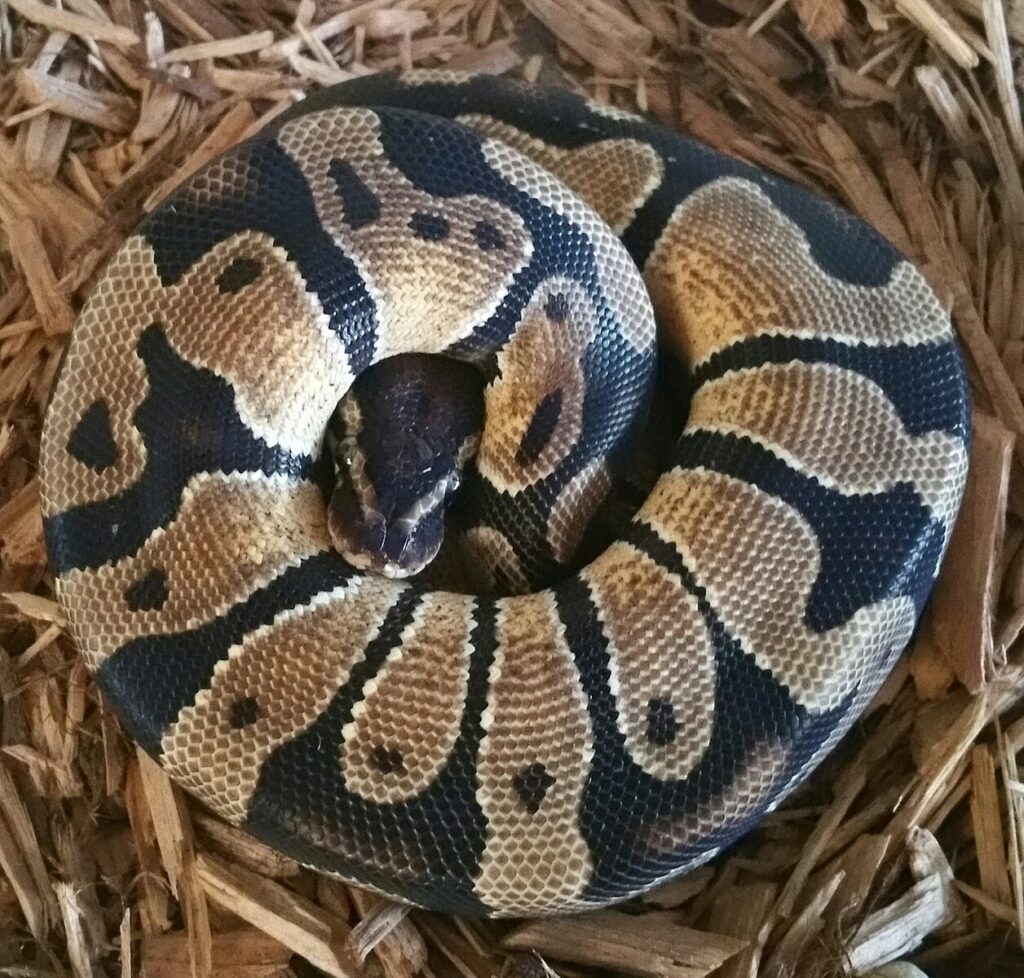
The danger of exotic reptiles extends beyond direct harm to owners to potential ecological impacts when these animals escape or are deliberately released. The invasive Burmese python population in Florida’s Everglades stands as the most infamous example of this risk, with these escaped or released pets establishing breeding populations that have decimated native wildlife. Unlike some escaped pets that cannot survive in new environments, many reptile species prove remarkably adaptable and can thrive in suitable climates outside their native range. The ecological risk varies significantly by species and location, with greater concerns in warm, humid regions that mimic tropical conditions.
Beyond environmental impacts, escaped reptiles can cause public alarm, drain conservation resources, and occasionally pose direct threats to pets or small children if dangerous species are involved. Responsible ownership includes secure housing designed with escape prevention as a priority, including locks, backup containment systems, and careful monitoring during maintenance activities when most escapes occur.
Legal Landscape: Regulations on Exotic Reptile Ownership

The legal framework governing exotic reptile ownership varies dramatically across jurisdictions, creating a complex patchwork of regulations that prospective owners must navigate carefully. At the federal level, laws like the Lacey Act restrict trade in certain protected species, while state and local ordinances may prohibit specific reptiles or require special permits based on species, size, or potential danger. Some municipalities have implemented comprehensive bans on certain categories of reptiles following high-profile incidents or invasive species concerns. For example, Florida has progressively tightened regulations on large constrictors following their establishment in the Everglades, requiring permits, microchipping, and extensive documentation for certain species.
These regulations continue to evolve, sometimes catching long-term owners in difficult situations when laws change after they’ve acquired their pets. Responsible ownership includes thoroughly researching current regulations before acquisition and maintaining awareness of proposed changes that might affect the legality of keeping particular species in the future.
Comparative Risk Assessment: Reptiles vs. Traditional Pets

When evaluating the dangers of exotic reptiles, it’s instructive to compare their risk profiles to those of more conventional pets. Statistically, serious injuries and fatalities from dog attacks far outnumber those from reptiles, with the CDC reporting approximately 4.5 million dog bites annually in the United States, some resulting in fatalities. Even common household cats can transmit diseases like cat-scratch fever and toxoplasmosis, which can have serious health implications for certain populations. This context doesn’t diminish the real risks associated with reptile keeping but provides perspective on the relative dangers involved. Unlike dogs and cats, most reptiles don’t actively seek human interaction and typically only become defensive when they feel threatened or are improperly handled.
Many incidents involving reptiles stem from owner error rather than unpredictable aggression—mistakes like misreading body language, improper handling techniques, or housing failures that could be prevented with proper education. When managed correctly, many common reptile species actually present fewer day-to-day safety concerns than some traditional pets.
Species-Specific Risk Profiles
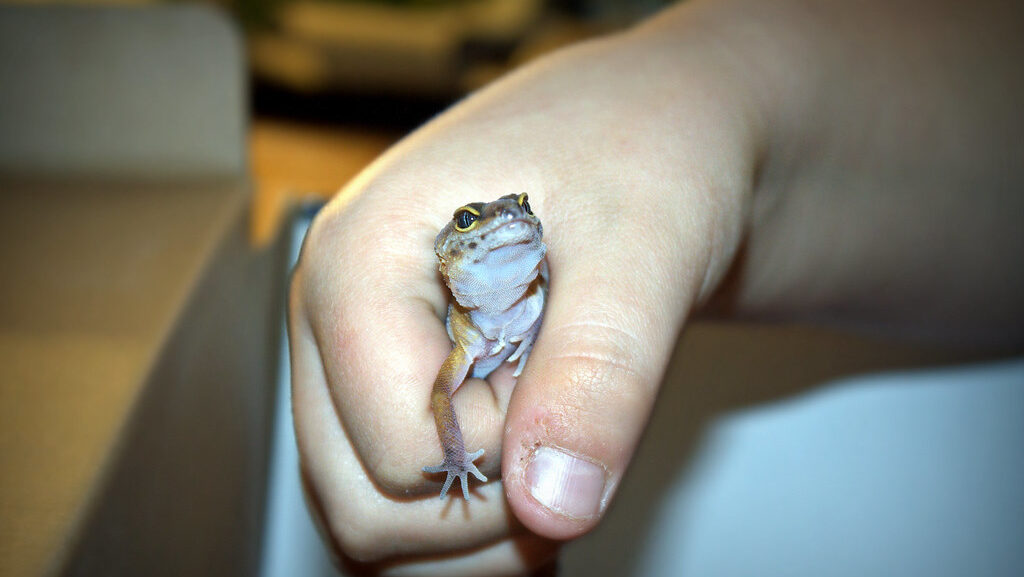
The danger level of exotic reptiles varies tremendously between species, making generalizations difficult and sometimes misleading. Leopard geckos and crested geckos, for instance, present virtually no risk beyond basic hygiene concerns, with no ability to inflict significant bites and generally docile temperaments. Bearded dragons, perhaps the most popular pet lizard, rarely bite and typically tolerate handling well, though their claws can cause minor scratches.
Corn snakes and ball pythons, two of the most common pet snake species, are constrictors but remain small enough to be easily managed and rarely show aggression toward handlers. On the other end of the spectrum, species like green iguanas—often sold as small, manageable juveniles—can grow to six feet in length, develop territorial aggression during breeding seasons, and inflict serious wounds with their powerful tails and sharp teeth. This extreme variation highlights the importance of species-specific research rather than making decisions based on generalizations about reptiles as a broad category.
The Role of Proper Housing and Husbandry
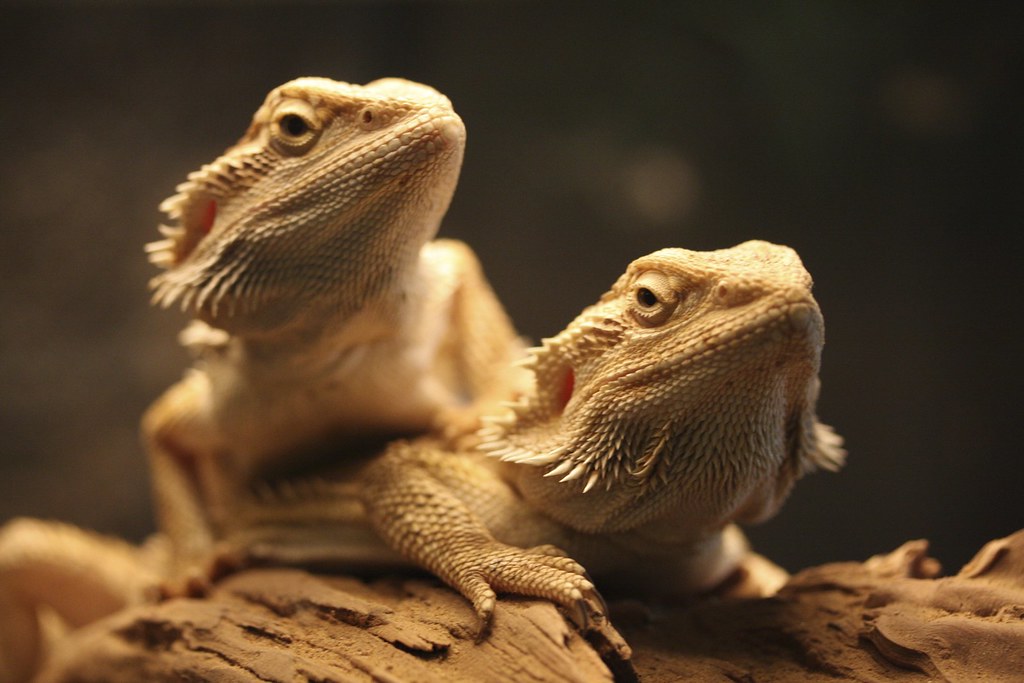
Many of the dangers associated with exotic reptile keeping can be directly linked to inadequate housing and husbandry practices. Secure enclosures with appropriate locks, latches, and escape-proof design elements significantly reduce the risk of both escape and accidental contact with household members who shouldn’t handle the animal. Proper environmental parameters—including temperature gradients, humidity levels, UVB lighting for many species, and appropriate substrate—contribute to physical health and behavioral stability, reducing stress-induced defensive responses. Enclosures should be sized appropriately for the animal’s adult size rather than its juvenile dimensions, a consideration that sometimes surprises owners of fast-growing species.
Beyond the physical setup, routine maintenance procedures should incorporate safety protocols like temporary containment systems during cleaning, protective equipment for handling dangerous species, and designated tools that never cross-contaminate with household items. Well-designed housing systems address both the welfare needs of the animal and the safety concerns of the household, representing the foundation of responsible exotic reptile keeping.
Reptile Temperament and Behavior Understanding
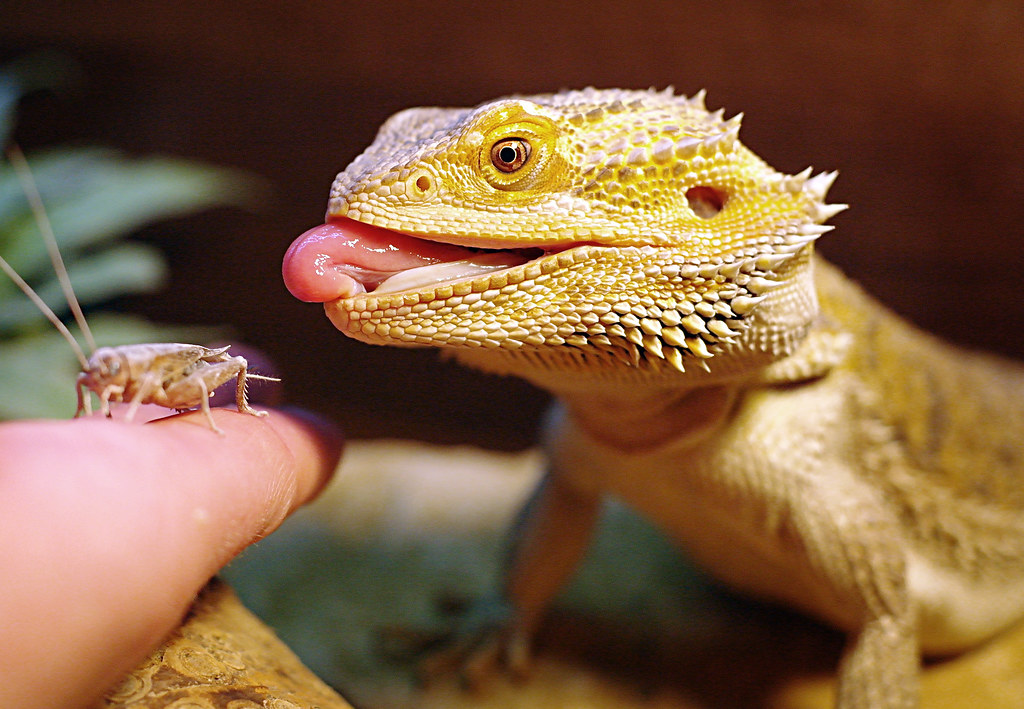
A significant factor in safely keeping exotic reptiles involves understanding their natural behaviors, communication signals, and stress responses. Unlike mammals that may display relatively familiar social cues, reptiles communicate through subtle body language that can be easily misinterpreted by inexperienced keepers. Signs of stress or defensive posturing—like puffing, hissing, tail rattling, or specific body positioning—often precede bites or other defensive reactions and provide crucial warning that an animal feels threatened. Individual temperament varies significantly even within species, with some specimens remaining defensive despite years of consistent handling while others become quite tolerant of interaction.
Certain behaviors are seasonally influenced, particularly in sexually mature specimens that may become more territorial or aggressive during breeding seasons. Responsible owners invest time in learning species-specific behavioral patterns and individual temperaments, adapting their handling protocols accordingly rather than forcing interaction with unwilling animals.
Creating an Emergency Response Plan
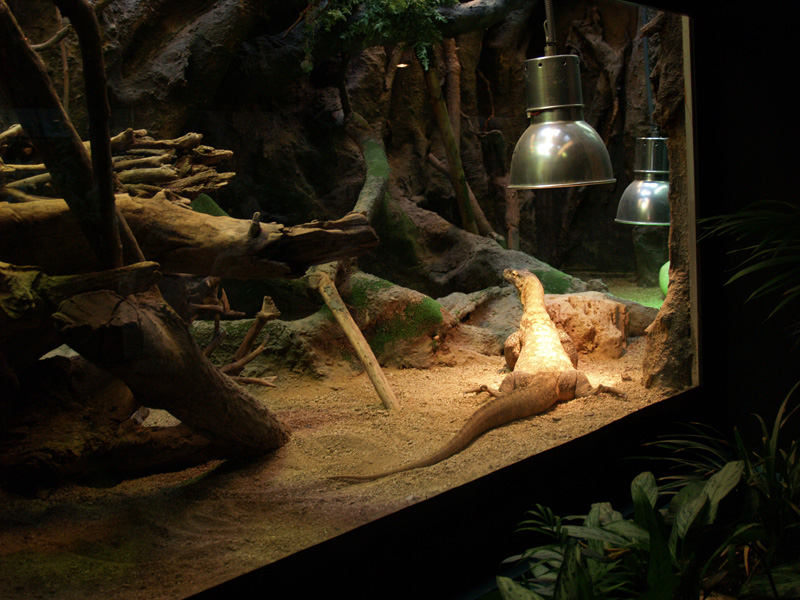
Preparedness for potential emergencies represents a critical aspect of responsible exotic reptile ownership that directly impacts safety outcomes. For venomous species, this includes maintaining current contact information for the nearest hospital with antivenin access, understanding first aid protocols, and having appropriate transport containers ready for emergency situations. Owners of large constrictors should never handle these animals alone and should establish clear procedures for safely managing potential constriction incidents, including keeping appropriate tools like unwrapping wedges within reach during handling sessions. For all reptile species, owners should identify exotic veterinarians in advance who are qualified to treat their specific animals in medical emergencies.
Beyond medical considerations, emergency plans should address contingencies like power outages that might compromise heating systems, evacuation procedures for natural disasters, and protocols for securing animals if maintenance personnel or visitors need access to the home. Comprehensive emergency planning significantly reduces the likelihood of serious incidents escalating into life-threatening situations.
Education and Responsible Ownership Practices

The single most effective strategy for mitigating the dangers of exotic reptile keeping involves comprehensive education before acquisition and ongoing learning throughout ownership. Prospective owners should thoroughly research their chosen species, understanding not just basic care requirements but potential risks, adult size and temperament, lifespan commitment, and legal considerations. Connecting with experienced keepers through reptile societies, forums, or mentorship arrangements provides practical knowledge that supplements book learning and can help avoid common pitfalls. Responsible ownership includes maintaining appropriate liability insurance coverage, especially for potentially dangerous species, and establishing relationships with reptile-savvy veterinarians for preventative health care.
Perhaps most importantly, ethical ownership means making honest assessments about one’s capabilities, living situation, and long-term commitment before acquiring animals that may live for decades and grow to sizes that present genuine management challenges. The reptile hobby continues to evolve toward more responsible practices, with increasing emphasis on captive breeding, appropriate housing systems, and recognition of the specialized knowledge required for successful keeping.
Conclusion
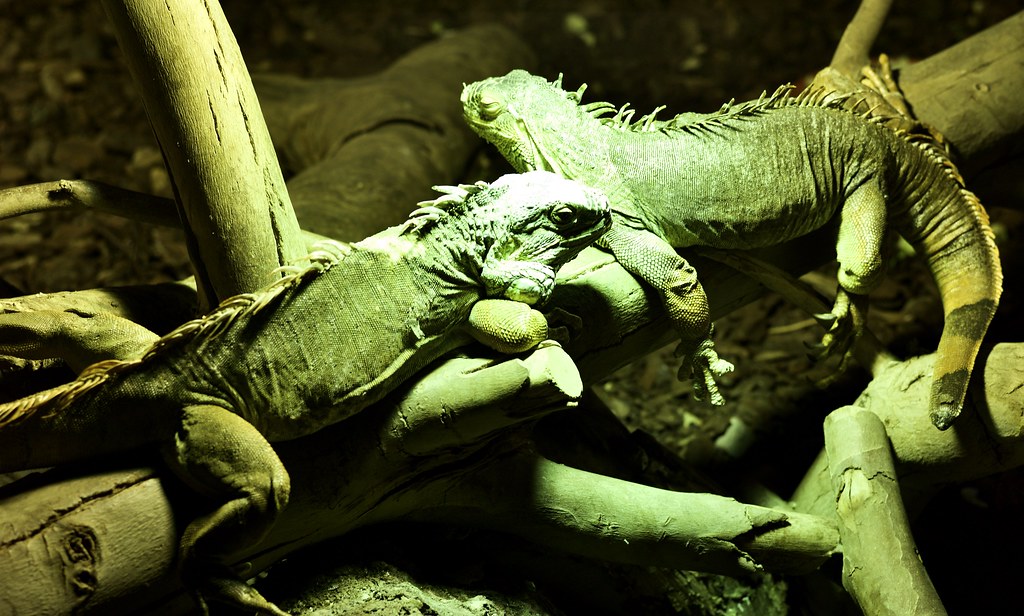
Exotic reptiles present a spectrum of potential dangers that vary dramatically by species, husbandry practices, and owner experience. While sensationalized media coverage sometimes exaggerates these risks, legitimate concerns exist regarding venomous species, large constrictors, and zoonotic disease transmission. However, with proper education, species-appropriate housing, hygiene protocols, and responsible ownership practices, many of these risks can be effectively managed. The key lies in matching the species to the keeper’s experience level and circumstances, while maintaining a realistic understanding of the commitment involved.
Rather than asking whether exotic reptiles as a category are dangerous, prospective owners should evaluate specific species, assess their personal situation, and honestly determine whether they can provide appropriate care while mitigating potential risks. When approached with knowledge, respect, and responsibility, many exotic reptile species can be maintained safely in home environments, providing fascinating glimpses into the reptile world without endangering owners or communities.







Leave a Reply